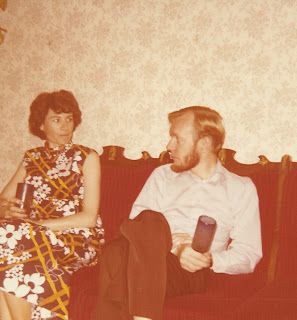rea·son·a·ble
/ˈrēz(ə)nəbəl/
Adjective
| |
Synonyms
|
I'm trying to figure out if I am being unreasonable. I welcome thoughts from others. Feel free to post your comments on this page to help me decide.
 |
| Nasser, on the right |
Nasser has asked me for help several times and I have almost always responded with what he asked for. I want to make it clear that Nasser doesn't ask me for a handout, although on some occasions the help he has needed has been financial. When he has asked me for financial help, he has always told me what he needs the help for and to the best of his abilities, he has tried to demonstrate that a little financial help from me would make it possible for him to be more independent in the future. On a couple of occasions, I have done less than he asked, but I have always told him why I couldn't do everything and he has always understood.
Nasser has been in the United States, in Syracuse, New York, since 2010. Since then, he has been waiting for his family to be able to join him. His wife and their three children were able to get out of Eritrea and have been in Ethiopia for most of the past two years, waiting for their appointments for interviews in order to follow and join Nasser in the United States. At the beginning of this month, Nasser forwarded me copies of email messages he received from the consular section in Addis Ababa, Ethiopia, in response to his request for information about his children's cases. It appeared from those messages that the cases were proceeding normally. However, Nasser told me that when his wife Elfey was interviewed, she was told to return to the consulate with photographs of her and Nasser with their children.
 |
| One of Nasser's children |
This is where Nasser turned to me for help. He asked if I could go through the photographs I have of him and his family and send them to the consulate in Ethiopia. The only photographs I have are those that he has sent me over the years since 2004 when I met Nasser. If sending them will help Nasser's family join him in New York, I will send them. But I can't get over the feeling that it is unreasonable for the person who interviewed Elfey to request them because both Nasser and his wife are blind.
Since Nasser, Elfey and their children all got out of Eritrea by surreptitious means, they didn't bring everything they owned with them to Ethiopia. And because both Nasser and Elfey are blind, neither of them thought about packing away photographs of themselves when they fled Eritrea. While I can understand that it would be reasonable to assume that someone who knew he or she was leaving family members behind for what could turn out to be a very long time would bring photographs of those family members with him or her, in the case of a blind person, a photograph would not have the same value. It would just be a piece of paper.
Am I being unreasonable in concluding that requesting photographs of family members is an unnecessary burden in the case of two blind refugees? Tell me what you think.











